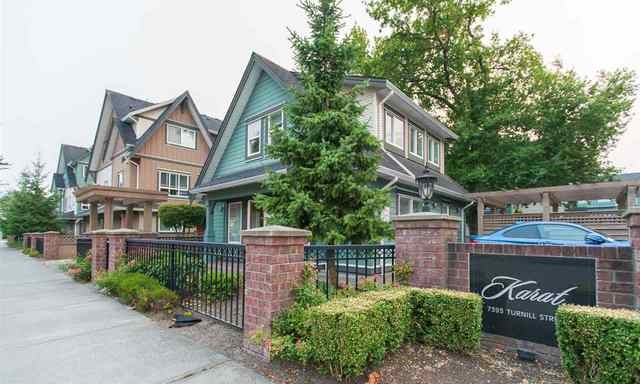A new study out of the University of British Columbia reinforces the value of trees in suburban neighbourhoods, this time connecting Mother Nature’s greenery to energy efficiency.
Dr. Andreas Christen, who studies microclimates at University of B.C., used computer programs to simulate what happens to wind if all significant trees are cut down.
“People will often think a big tree is a nuisance; it can fall down in a storm. We have to say, no, they benefit from these trees. Not only are they an aesthetic element but they reduce the cost of heating and cooling and make the climate around us more comfortable,” said Christen.
“We can show that trees are able to reduce wind speed by a factor of half.”
Christen found that cutting down trees can thus impact the comfort level of a pedestrian but also increase one’s energy bill significantly, particularly in single-family homes and townhouses.
“The heating demand is much higher if you have a lot of wind. Trees absorb some of this force from the atmosphere. If the building (home) has lower wind speeds then there’s less heat loss,” explained Christen.
He found that with less wind speed and the shading factor of trees in the summer, a home can save about 10 to 15 per cent in cooling costs.
He said even bare branches can mitigate wind in the winter, thus putting less of a chill on homes.
“So you actually save money having trees around,” exclaimed Christen.
Christen studied a Vancouver neighbourhood and replicated its trees into a 3D computer model using laser technology from an aircraft. He simulated wind hitting the homes in a tree-lined neighbourhood and compared the velocities to a model without trees.
Importantly, he noted trees also pick up air pollutants so tree-lined highways can trap smog in the corridors. The same applies to downtown cores with tall buildings. But that sword is double-edged because trees can mitigate wind, which can swirl between buildings.
“The optimum place to have trees is in a residential zone. Trees are not beneficial next to highways,” said Christen.
“The best strategy is to have trees all over the city and trees that are taller than the buildings, which is typically the case in Richmond. Trees absorb the windstorms” that often hit the city.
When asked about trees that fall over and the dangers they pose, Christen said properly planted trees are sturdy and the benefits outweigh the risks.
In 2015, a drought caused soils to dry more than usual and several trees fell over. This was an unusual situation, noted Christen.
He’s also quantified the impact of carbon uptake by neighbourhood trees compared to the amount of pollution we create and found the results “rather depressing.”
“It’s less than one per cent of Vancouver emissions. So, It’s not a big motivator in terms of carbon intake,” he said.



